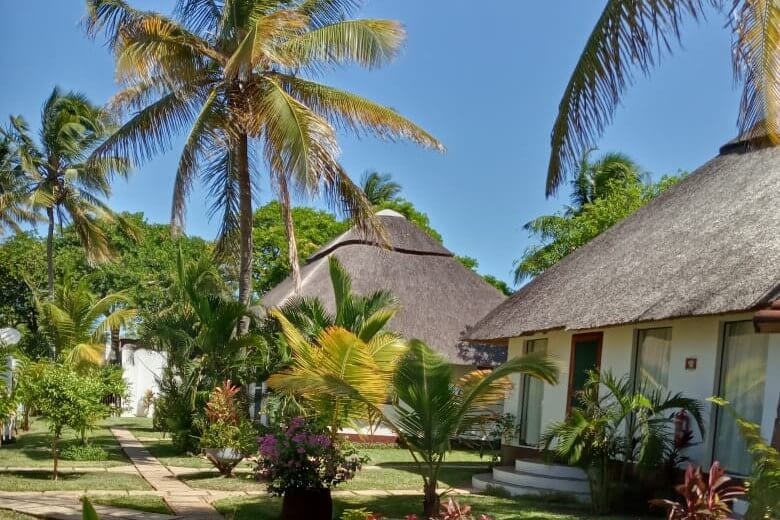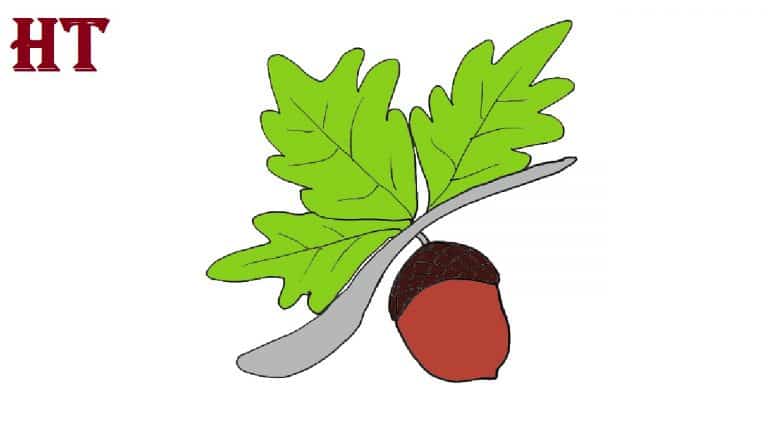

In some circles an annulet represented riches. The annulet may have been borne to indicate that the bearer had the superior qualities of a knight. The Romans are said to have worn a ring as a sign of knighthood and rings are still used at some coronations and in the institution of knighthood. As a closed circle, it is symbolic of continuity and wholeness. Maritime devices are found less often on the continent where many countries are essentially landlocked, but Cosmo de Medici, the Duke of Etruria is an example of a Spanish noble who bore two anchors on his shield. It was even a device that was once born by King Richard I. It is a common figure in the English armour, which is not surprising given that Britain is an island. It is also an appropriate device for the coat of arms of a family with a seafaring tradition. The anchor is the emblem of salvation and hope. It is extremely uncommon in heraldry.Īn amphiptere is a winged serpent found very rarely in heraldry, though it does exist as a supporter and as a charge on a shield occasionally.Īn amphisboena is a winged serpent with two legs and a head at both ends of its body however the drawing of this creature does not strictly follow this description. The acorn is usually vert (green) but it can also be other colours.Īn allocamelus is a creature with the head of a donkey joined to the body of a camel. It can be found slipped and leaved the acorn-sprig is not uncommon as a crest and acorn-cups are represented alone.
#Blue acorn 2nd draw drivers
Blueacorn saw enormous demand during this period, ultimately supporting 808,000 small business owners / sole proprietors via disbursement of $12.5 billion in SBA PPP funds.īlueacorn’s borrowers were the people who keep our economy running and weave together the fabric of our communities: beauty salon owners, truck drivers who are operating their business off their phone in between stops, our favorite local coffee shops and restaurants that define our neighborhoods, residential construction workers, rideshare or taxi drivers, landscapers, and local delivery workers, among a variety of other professionals.The sign of the acorn in heraldry has traditionally been used to indicate independence in its bearer. Many were also unwilling to lend to individuals altogether.īlueacorn was founded in April 2020 with the singular purpose of advancing the original mission of PPP by democratizing access to loan relief for America’s small businesses, independent contractors, and self-employed workers – groups who are often overlooked by our traditional banking system and could not seek relief through the traditional PPP channels.Īs a fintech lender service provider, Blueacorn partnered with the Small Business Administration (SBA) and CDFIs to facilitate the application for and fulfillment of PPP loans predominantly for businesses and workers who qualified as independent contractors, self-employed individuals, freelancers, and gig workers.

However, due to the structure of the program, it became clear that there was a growing divide when it came to loan disbursement, with lenders prioritizing applications for clients who would take out the largest loans and bring in the highest fees. The launch of PPP was met with enormous demand and the program was renewed two times to meet the flood of applications. PPP was designed to be an intentionally untargeted program with limited safeguards in place so as to prioritize reaching those in need as quickly as possible. Given the severity of the threat posed by COVID-19, the government sought to create a program that focused on speed and access. PPP was a cornerstone program of the CARES Act, intended to help employers keep their employees on their payroll by covering up to two months of their payroll expenses with a loan that could be completely forgiven if it was spent in accordance with the program’s guidelines.


 0 kommentar(er)
0 kommentar(er)
